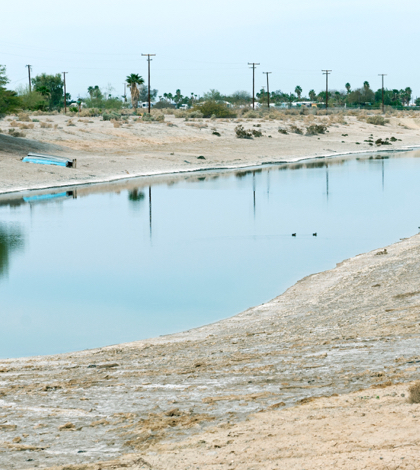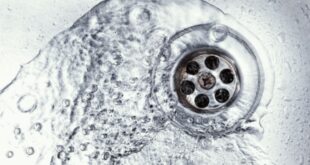The Salton Sea restoration project received a major boost in funding with $80.5 million from the state budget Gov. Jerry Brown signed earlier this week. The funds will provide for not only the restoration of habitat at the receding lake but also will provide for the development of a long-term plan for the lake, and raising the hopes for and the profile of the long-neglected lake bed.
Bruce Wilcox, assistant secretary for Salton Sea policy at the California Natural Resources Agency has indicated that the $80.5 million will fund the design and environmental documentation of the first phase of the Salton Sea Management Plan. Wilcox also said it will fund some construction to include the habitat around the edges of the Salton Sea.
“This is a great step in the right direction,” Wilcox said. “I don’t think anyone, including the state, believes that it is enough to solve the problem, but it certainly starts us on the path of management techniques that can solve the problem.”
Wilcox, who was appointed to his current position in May estimates the entire project will cost between $1.5 to $2.5 billion. Located in in Imperial County, the Salton Sea is the state’s largest lake. It has been long-plagued with both environmental problems for local fish and migrating birds but also for the health and welfare for as many as 500,000 people.
Research from 2015 indicates that within 30 to 40 years the Salton Sea will have been reduced by some 100 square miles thereby revealing harmful elements in the sand. It would create “dust storms not seen since the Great Depression.” Research contends that hydrogen sulfide “burps” would affect air quality within the Southern California area. A state watchdog agency claims that “desert winds will lift dust from thousands of acres of newly revealed lakebed and blow it into population centers, agricultural areas and world-class resort economies.”
This could result in the estimated 500,000 people of the Imperial and Coachella valleys having to contend with more airborne particles than are present today. Imperials County’s children currently have the highest rates of children hospitalized with asthma in the state.
Environmentalists, area residents and community leaders are afraid windblown dust will accelerate and fear toxic dust could blow into more distant areas including San Diego, San Bernardino and further.
The Salton Sea is some 100 miles east of San Diego. It has been fed by water runoff from Imperial County farms but a water transfer agreement – now sending water from the Imperial County farms to San Diego and Coachella Valley areas – has reduced the water going to the Salton Sea. This has raised alarms and is expected to exacerbate by the end of 2017 when water will cease to flow into the lake-bed.
As a result, the wildlife habitat will continue to suffer. Environmentalists and biologists contend that as the Salton Sea’s salinity escalates there will be massive fish mortality; these fish are critically needed to feed migratory birds that have used the Salton Sea for many years as a site to feed and rest.
“It is time to begin to execute some short-term projects before we begin to see a devastation of the ecological system,” said State Assembly member Eduardo Garcia (D-Coachella). His comment was echoed by Ralph Cordova, Jr., Imperial county’s executive, who said, “We need the state’s ‘unequivocal’ support for the restoration and a statement of commitment to the sea.”
Wilcox, the assistant secretary for Salton Sea policy, painted a better picture. “We’re going to successfully complete what we’re planning, and that will give us a visible project that we can point to that the Legislature can look at and say, yes, indeed this is helping with the problems at the Salton Sea.”
 California Water News Daily Your Source For Water News in California
California Water News Daily Your Source For Water News in California


